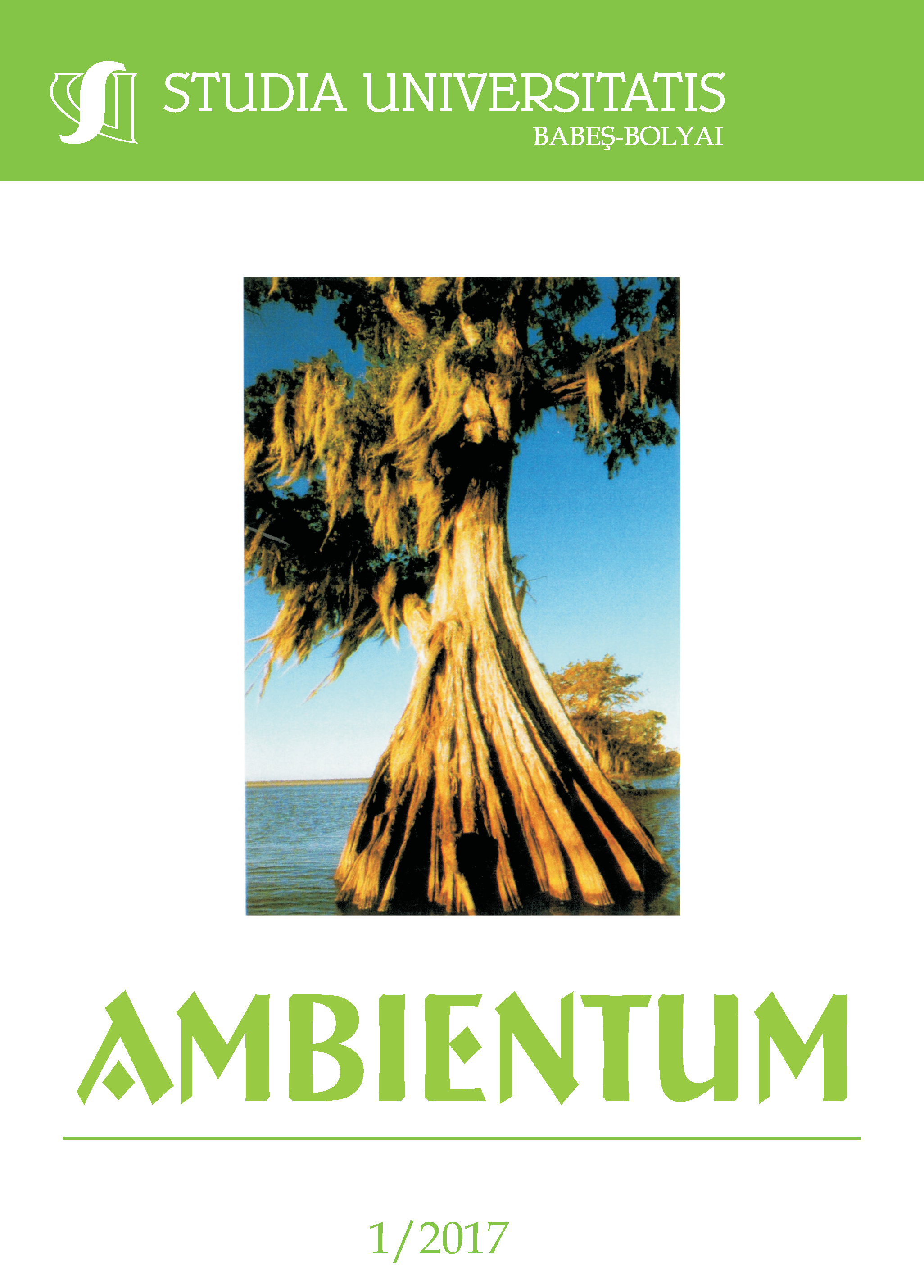STRATEGIC ASSESSMENT OF THE IMPACT OF INDUSTRIAL AND ECONOMIC ACTIVITIES IN THE DEVA-HUNEDOARA CONURBATION USING THE RIAM METHOD
DOI:
https://doi.org/10.24193/subbambientum.2017.1.07Keywords:
conurbation, RIAM, matrix, environmental impact, industrial area.Abstract
Deva-Hunedoara conurbation is a bipolar structure located in central-western Romania composed of 49 settlements. It is located in the center of Hunedoara County. The long history of industrial activities in the area resulted in an abundance of environmental impacts which has significant negative consequences on the local population. Intense industrial activity, regarded as the base for the urban development of the conurbation, dates back to the 1840’s when the first steel mill was constructed in the region. The main sources of environmental impact are represented by the decaying industrial centres of Hunedoara, Simeria and Călan and the newly developed industrial sites located on the major transport networks. A secondary source of environmental impact is represented by the various small enterprises. Coupled with various other human activities and with the general state of the environment, the impact generated by industry and other economic activities represents a great threat to overall development of the conurbation. In assessing the environmental impact on within the conurbation we proposed the use of the RIAM method with a modified matrix which is best suited for our area of study. With this matrix we assessed the environmental impact of industrial and commercial areas, transportation and utility systems and several other aspects related to human activities (health and safety, unemployment, human density, etc.). For the final interpretation of the environmental impact we used the IDWIM - Inverse Distance Weight Interpolation Method to generate maps of impact.References
Dobrei G.-C, 2013, Conurbatia Deva-Hunedoara. Studiu de geografie aplicată, Teză de doctorat – Universitatea Babeş-Bolyai Cluj-Napoca [in Romanian].
Glasson J., Therivel R., Chadwick A., 1994, Introduction to environmental impact assessment. London, UCL Press, 342 p.
Kuitunen M., Jalava K., Hirvonen K., 2008, Testing the usability of the rapid impact assessment matrix (RIAM) method for comparison of EIA and SEA results, Environmental Impact Assesment Review, 28, pp. 312-320.
Leopold L. B., Clarke F. E., Hanshaw B. B., Balsley J. E., 1971, A procedure for evaluating environmental impact. U.S. Geological Survey Circular, 645.
Lu G. Y., Wong D. W., 2008, An adaptive inverse-distance weighting spatial interpolation technique, Computers and geosci., 34, pp. 1044-1055.
Mueller T. G., Pusuluri N. B., Mathias M. M., Cronelius P. L., Barnhisel R. I., Sheare S. A., 2004, Map Quality for Ordinary Kriging and Inverse Distance Weighted Interpolation. Soil Sci. Society of America J., 68, pp. 2042-2047.
Muntean O.–L., Maloş C., Mihăiescu R., Baciu N., Bodea C., Măcicăşan, V., 2006, Evaluarea matriceală a impactului asupra mediului în municipiul Cluj-Napoca şi apicaţii GIS, Environment and Progress, 8, pp. 243-252.
Pastakia C.M.R., Jensen A., 1998, The rapid impact assessment matrix (RIAM) for EIA, Environmental Impact Assesment Review, 18, pp. 461–482.
Shougeng H., Cheng Q., Wang L., Xu D., 2013, Modeling land price distribution using ultifractal IDW interpolation and fractal filtering method, Landscape and urban planning, 110, pp. 25-35.
Surd V., 2003, Geografia aşezărilor Presa Universitară Clujeană Publishing, 239 p.
Zotic V., 2007, Organizarea spatiului geografic în Culuarul Mureşului, Sectorul Sebeş – Deva, Presa Universitară Clujeană Publishing, 37 p.
***http://help.arcgis.com/EN/ARCGISDESKTOP/10.0/HELP/index.html
Downloads
Published
How to Cite
Issue
Section
License
Copyright (c) 2017 Studia Universitatis Babeș-Bolyai Ambientum

This work is licensed under a Creative Commons Attribution-NonCommercial-NoDerivatives 4.0 International License.





 ISSN (online): 2065-9490 | ISSN (print): 1843-3855 | ISSN-L: 2065-9490
ISSN (online): 2065-9490 | ISSN (print): 1843-3855 | ISSN-L: 2065-9490